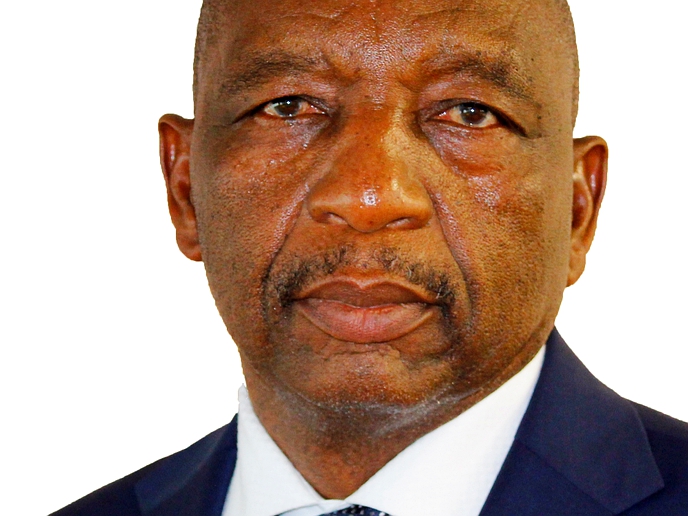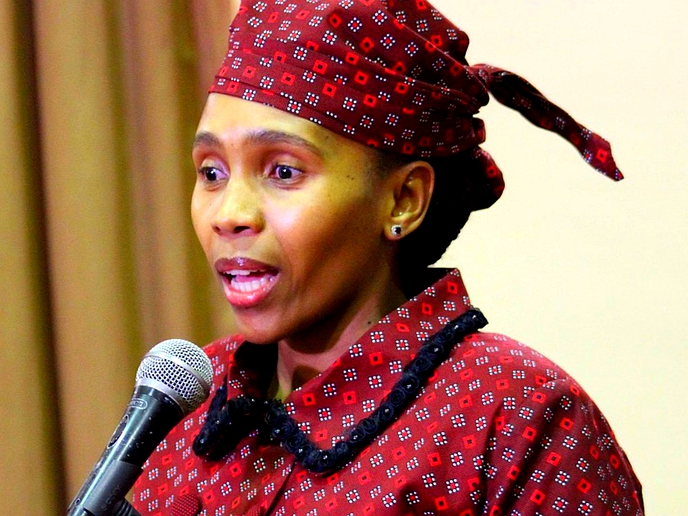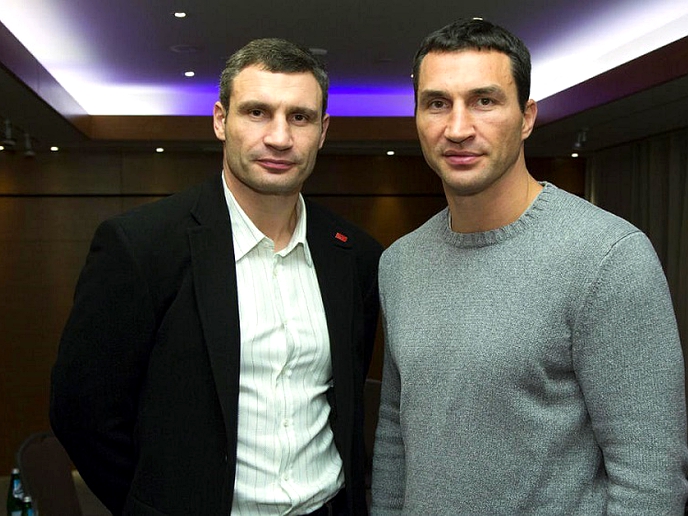ADOLESCENT girls and young women face serious challenges to fulfilling their sexual and reproductive health rights, including vulnerability to HIV, sexually transmitted diseases and unintended and unsafe pregnancy.
health
March 2, 2022
LINEO MABEKEBEKE
3 min read
Health system brings hope to women

A pregnant teenager
Story highlights
But approaches like Local Community based Monitoring (CLM) have allowed for the design, implementation and carriage of routine, ongoing monitoring of the quality and accessibility of HIV treatment and prevention services.
CLM is a technique initiated and implemented by local community based organisations and other civil society groups, networks of key population, people living with HIV (PLHIV), and other affected groups, or other community entities that gather quantitative and qualitative data inputs from the recipient of services about HIV services.
An adolescent girl who spoke to Maseru Metro on condition of anonymity said through the use of CLM approaches, they could pinpoint persistent problems, solutions or enablers and barriers to the service uptake at the facility and community level.
“Quality service delivery is important because there has been an issue of lack of health services access for just being an adolescent girl,” she said.
“Therefore, quality service delivery means there is going to be a well set environment for us to health services”.
She said there were appropriate people who would address these barriers in the institutions where they would be accessing the health services.
It also means an equitable service delivery would be applied instead of a blanket approach currently used in giving adolescents services.
A diverse mix of young mothers, gay communities, the disabled and sex workers would be offered individual attention.
CLM will also monitor trends of quality service offered to heal tuberculosis (TB), sexual reproductive health as well as humanitarian and high risk environments.
Other trends cover social and structural health interventions such as the combination of prevention, human rights compliance, promotion and protection.
The Joint United Nations Programme on HIV/AIDS (UNAIDS) Country Director, Jacqueline Makokha says CLM provides a platform from which to strengthen relationships with other partners in the HIV and AIDS response.
Makokha said a shared understanding and response to service enablers was critical to removing barriers that hindered progress in HIV response.
Enjoy our daily newsletter from today
Access exclusive newsletters, along with previews of new media releases.
“The top policymakers should be convinced that CLM is a useful tool for reaching the HIV related goals and targets”, she said. “Local health service managers need to see CLM as a partner in delivering on their responsibilities”.
Although CLM often responds to service deficits, she said the approach should not be to apportion blame for those shortcomings, rather to have a full analysis of contributing factors, and to share solutions that satisfy user needs.
UNAIDS is an innovative joint venture of the United Nations (UN) family, which brings together the efforts and resources of UN system organisations to unite the world against AIDS.
The CLM programme is funded through the U.S President’s Emergency Plan for AIDS Relief (PEPFAR) in support of the Ministry of Health’s effort to achieve HIV epidemic control through the implementation of evidence-based and client-centred interventions to accelerate progress in HIV prevention, care and treatment.
The objective of the CLM programme is to facilitate participation of local Civil Society Organizations (CSO) in the evaluation of HIV services.
Also, it identifies areas for improvement, advocate change, guide the health care providers to incorporate monitoring as part of their routine activities and popularise the facility feedback tool among People living with HIV groups.






